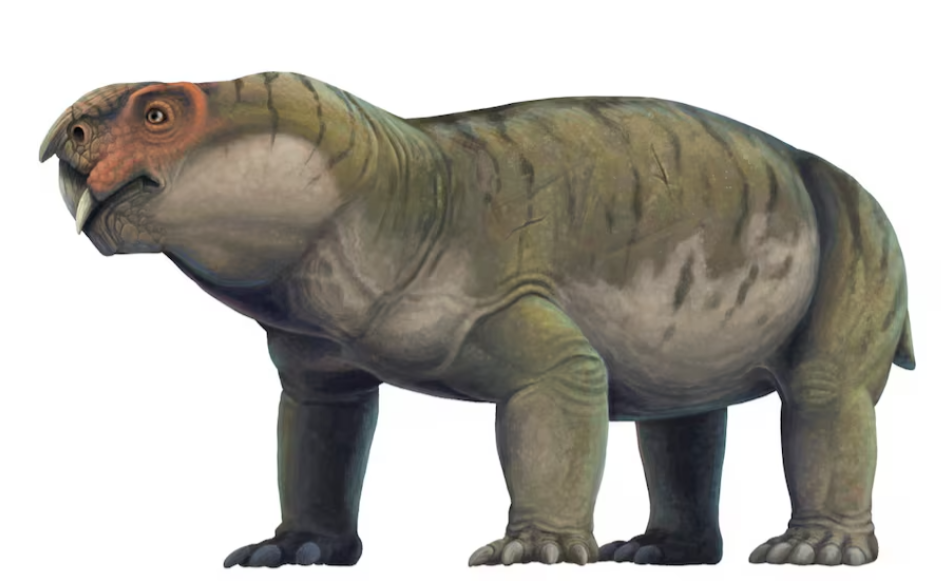
©Scott Reid/Handout via REUTERS
Pre-reading questions:
- Can you think of examples where early forms of life have significantly evolved over time?
- What factors might have contributed to those changes you mentioned?
Vocabulary:
- misty /MIS-tee/
- feature /FEE-cher/
- elongated /ee-LONG-gay-ted/
- structure /STRUHK-cher/
- relatively /REL-uh-tiv-lee/
[adjective] – if the weather is misty, there is mist in the air that makes it difficult to see
into the distance
The morning was misty, with fog lingering over the hills and obscuring the view of the
valley below.
[noun] – a typical quality or an important part of something
One notable feature of the new smartphone is its high-resolution camera combined with
advanced image stabilization technology.
[adjective] – longer and thinner than usual
The snake had an elongated body, allowing it to maneuver through narrow crevices with ease.
[noun] – the arrangement of parts, elements, or components into a coherent whole
Understanding the intricate structure of DNA has been crucial in advancing genetic
research and medicine.
[adverb] – in comparison with something else; in comparison with other similar things or
with what is expected
The new model is relatively affordable compared to other luxury cars in its class.
Article reading:
Hady George, a PhD student in paleontology at the University of Bristol and lead author of the study in the Zoological Journal of the Linnean Society, highlighted Gordonia’s unique features. Despite having a small forebrain crucial for cognition, Gordonia possessed a notably large pineal gland important for metabolism. Steve Brusatte, a paleontologist at the University of Edinburgh and senior author of the study, observed that Gordonia’s brain had an elongated, curved shape rather than the typical round structure. Despite its unusual shape, the brain was relatively large relative to the animal’s size, indicating early evolutionary advancements. This research reveals how early mammals like Gordonia influenced the evolution of intelligence in later mammals, including humans, shedding light on brain development over millions of years.
Comprehension questions
- What was Scotland like over 250 million years ago?
- What kind of creature was Gordonia?
- How did scientists study Gordonia’s brain cavity?
- What feature of Gordonia’s brain was noted by Steve Brusatte?
- Compared to today’s mammals, how would you describe Gordonia’s intelligence?
Discussion questions
- Have you ever visited a place that has undergone significant climate changes over millions of years, like Scotland did from a desert to a misty climate? If so, how did you imagine the landscape’s ancient past compared to its current state? If not, what do you think such a transformation would look like?
- Can you think of an animal or creature you’ve learned about in history or science that shares similarities with Gordonia, the early mammal described in the article? If so, what are the similarities? If not, what makes Gordonia unique compared to other creatures you know?
- Do you agree that Gordonia’s brain structure, despite its unusual shape, indicates early evolutionary advancements in mammals?
- How might the discovery and study of Gordonia challenge or support existing theories about the evolution of mammals and intelligence?
- Considering the significant climate change from a desert to a misty climate in Scotland over millions of years, how might such environmental changes have influenced the evolution of mammals like Gordonia? What lessons can we learn from these ancient ecosystems in relation to current climate change concerns?